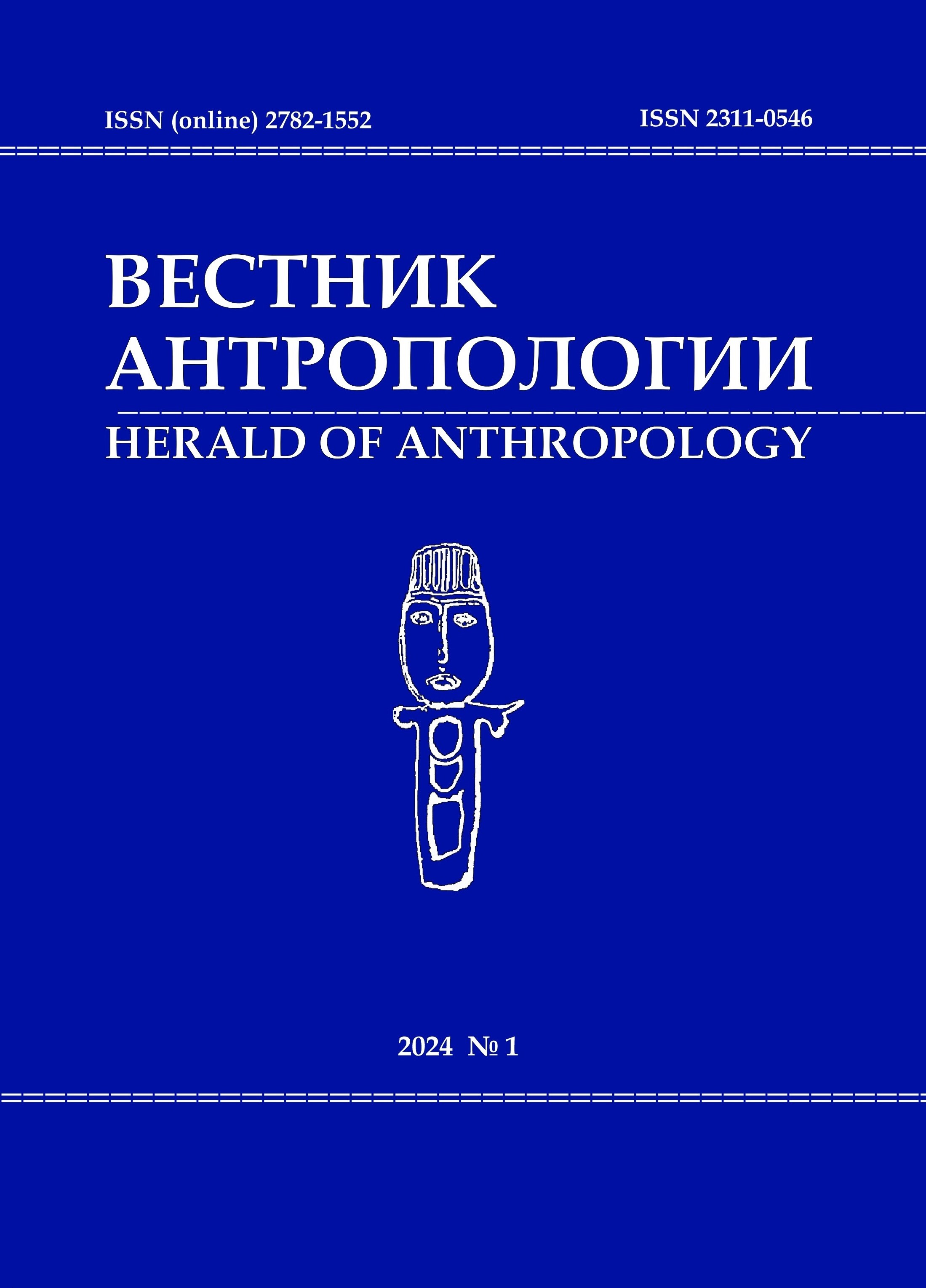Traditional Cuisine of the Long-time Residents and Russian Settlers of Pritomye in the Second Half of the 20th century: Ethnocultural Specifics and Mutual Influences (Based on the Field Research)
10.33876/2311-0546/2024-1/255-266
Keywords:
traditional cuisine, Chaldons, Russian settlers, Belarusian settlers, Prityomye, Western SiberiaAbstract
The article is dedicated to the issue of preserving the traditional cuisine of rural residents of Pritomye as an ethnocultural marker in the second half of the 20th century. The main source of the study was author's field materials collected during an ethnographic expedition to the Yurginsky district of the Kemerovo region in 2022, where the descendants of Siberian long-time residents (“Chaldons”) and later Russian settlers live. Traditional cuisine for both long-time residents and later settlers preserved ethnocultural specifics. For example, Chaldons had a variety of fish dishes, tea traditions and baked goods to accompany it, while the traditional cuisine of Belarusian settlers was characterized by various potato dishes and a variety of treats made from dairy products. Ethnocultural differences were also seen in the way meat was preserved — long-time residents preferred to freeze meat for summer and winter, while Pritomye later settlers salted meat in barrels or prepared it in the form of sausage. These differences formed as a result of distinct traditional economic activities. The popularity of fish dishes among the Chaldons is associated with living in the Tom River area, the cold climate favored a preference for frozen meat, and the relatively close border with China and the Great Tea Road formed a special love for tea. However, not only differences, but also similarities were observed in traditional cuisine, associated firstly with common East Slavic eating traditions and secondly with the intercultural influence between long-time residents and later settlers. The latter adopted the tradition of making dumplings (“pel’meni”) and baking for holidays, while Chaldons included pork in their diet, which they previously did not eat. However, the study showed that despite active mutual influences between the cuisine of long-time residents and settlers, the traditional cuisine of rural residents of Pritomye in the second half of the 20th century has certain recognizable features.





















